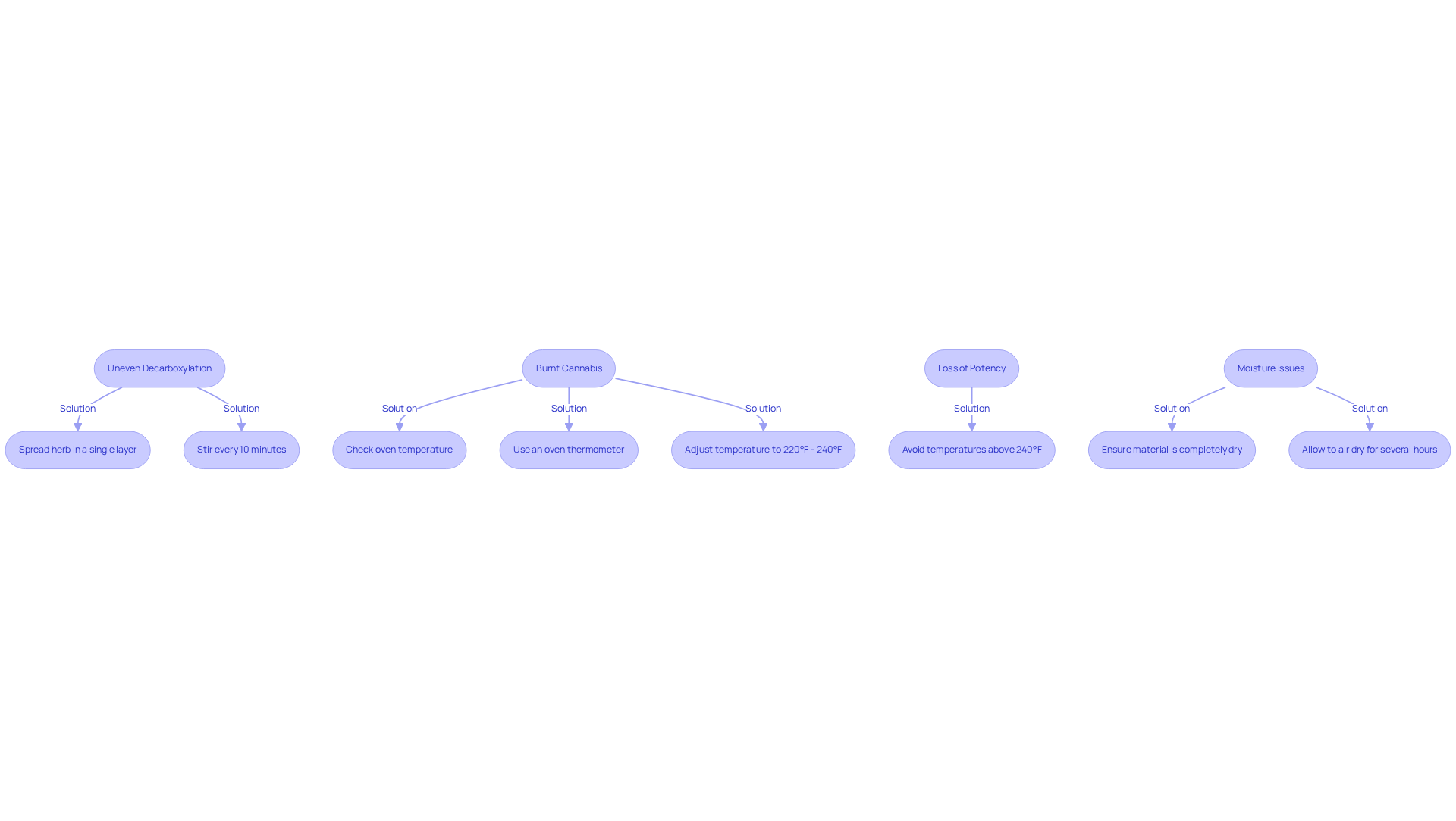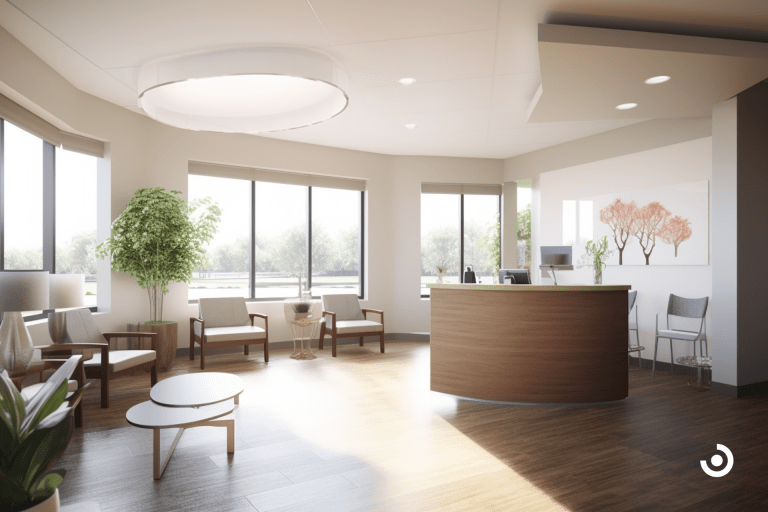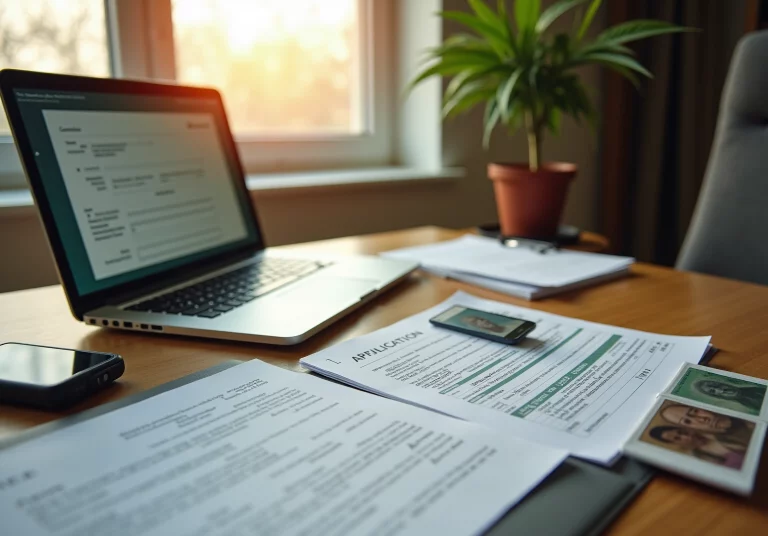Decarboxylate Flower: Step-by-Step Guide for Optimal Potency
by Maya Green · July 31, 2025
Learn how to decarboxylate flower effectively for enhanced cannabis potency and benefits.
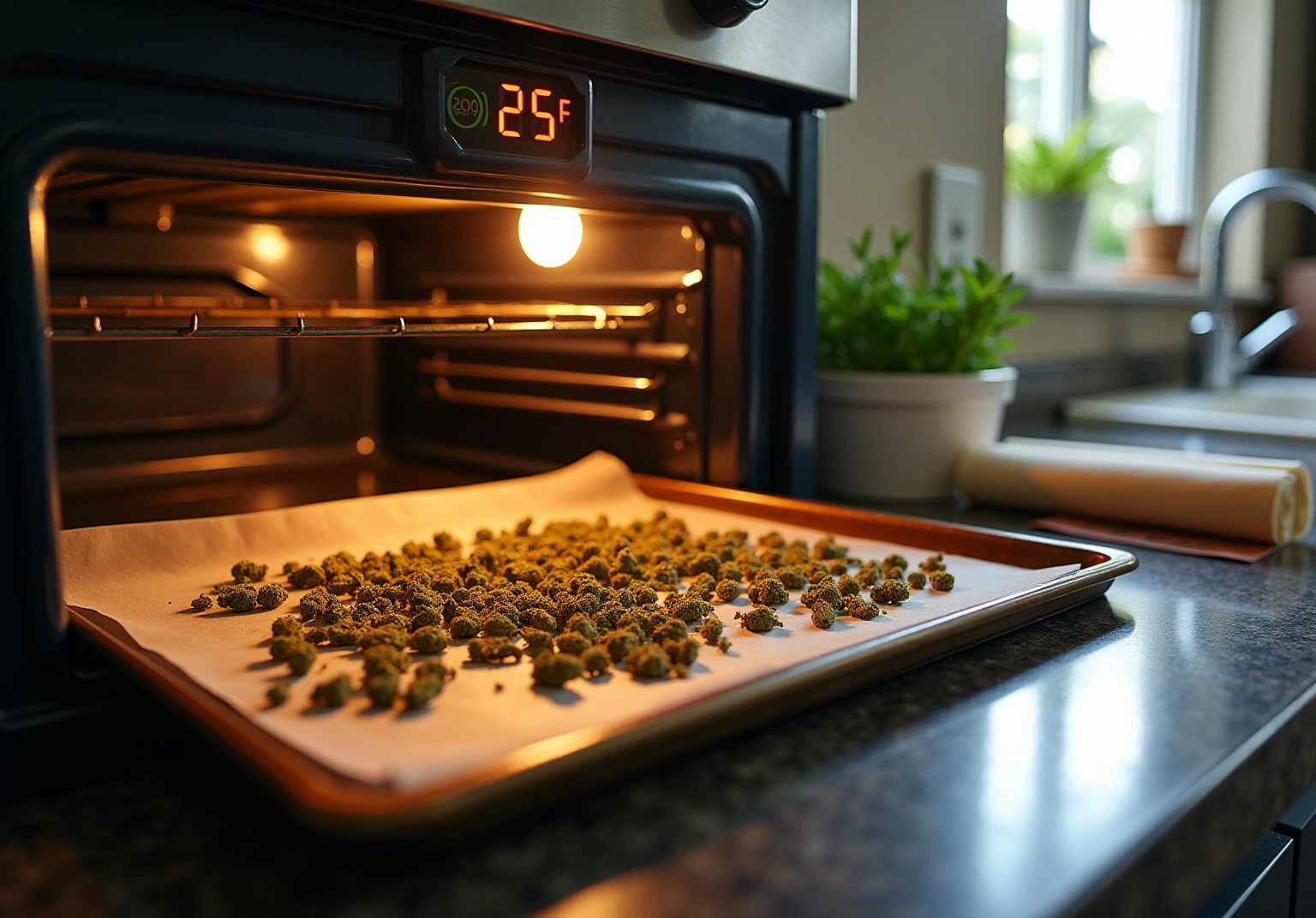
Overview
The article titled “Decarboxylate Flower: Step-by-Step Guide for Optimal Potency” is here to support you in effectively decarboxylating cannabis, helping you achieve maximum potency. If you’ve ever felt frustrated with the potency of your cannabis products, you’re not alone. This guide details various methods, such as using an oven or sous vide, and it’s important to remember that temperature control and proper preparation are key. By ensuring that THCA and CBDA are converted into their active forms, THC and CBD, you can enhance the overall effectiveness of your cannabis experience.
You may find that taking the time to decarboxylate your cannabis properly can make a significant difference. With the right techniques and a little patience, you can unlock the full potential of your cannabis products. This guide aims to empower you with the knowledge needed to make informed decisions, ensuring that your journey with cannabis is both rewarding and effective. Remember, you’re taking an important step towards understanding and maximizing your cannabis use.
Introduction
Decarboxylation is a vital step in unlocking the full potential of cannabis, transforming inactive compounds into their active forms. This essential process not only enhances the psychoactive effects of THC but also maximizes the therapeutic benefits of CBD. For those looking to create potent edibles or oils, understanding decarboxylation is key. However, with various methods available and common pitfalls to avoid, you might wonder how to ensure optimal results.
In this guide, we will explore the art and science of decarboxylating cannabis, offering step-by-step instructions and troubleshooting tips to elevate your cannabis experience. Remember, you are not alone in this journey; we’re here to support you every step of the way.
Understand Cannabis Decarboxylation
Decarboxylation is an essential chemical process that transforms tetrahydrocannabinolic acid (THCA) and cannabidiolic acid (CBDA) into their active forms, THC and CBD, respectively. When the plant is exposed to heat, this transformation occurs, releasing carbon dioxide and activating the psychoactive properties of cannabinoids. Understanding this process is vital, especially when preparing edibles or oils, as it can significantly affect potency.
It’s important to remember that the ideal heat level for decarboxylating cannabis ranges from 200°F to 245°F (93-118°C). Research suggests that maintaining a heat range of 220°F to 240°F for about 30 to 60 minutes can effectively aid in this conversion. In fact, studies indicate that nearly 90% of THCA can be transformed into THC under these conditions, greatly enhancing the medicinal qualities of the plant. However, you may find that attempting to remove a carboxyl group at temperatures below 240°F might not yield the desired results due to incomplete conversion of compounds.
Moreover, the removal of carbon dioxide not only boosts the potency of THC but also activates CBD, making it crucial for those seeking the full range of benefits from their marijuana products. Various techniques, such as oven, sous vide, and microwave methods, can be utilized for this process, allowing you to choose the best approach for your needs. By ensuring proper decarboxylate flower, you can maximize the effectiveness of your plant material, leading to a more potent and beneficial experience. Remember, taking the time to understand and apply this process can enhance your overall experience with cannabis.
Choose Your Decarboxylation Method
Decarboxylation plays a crucial role in activating the psychoactive compounds in cannabis, and it’s important to know that there are several effective methods to achieve this, each offering unique benefits that can cater to your needs:
-
Oven Method: This widely embraced technique involves preheating your oven to a temperature between 220°F and 240°F. Distribute the herb evenly on a baking sheet lined with parchment paper and bake for 30-40 minutes, stirring occasionally to ensure even heating. This method is straightforward and allows for easy observation of the herb. To achieve maximum CBDA conversion, it is advisable to decarboxylate flower for a full 40 minutes. After baking, the herb should appear dry and range in color from light to medium brown.
-
Sous Vide: If you’re looking for precision, the sous vide method can be a wonderful choice. This involves vacuum-sealing the herb in a heat-safe bag and immersing it in a water bath at a controlled temperature of around 203°F for 1-2 hours. This method not only retains terpenes but also reduces odor, making it a favorite among culinary enthusiasts and marijuana experts alike.
-
Slow Cooker: Another option is to place marijuana in a mason jar and submerge it in a slow cooker filled with water. Set the cooker on low for 4-6 hours. This technique is especially beneficial for infusing oils or butters, enabling a gradual decarboxylate flower process that enhances flavor and strength. However, please be cautious, as not all mason jars are suitable for oven use due to pressure buildup.
-
Microwave: While it may not be the most reliable method, cannabis can be decarboxylated in a microwave using short bursts of about 90 seconds. However, this method may result in inconsistent outcomes and is generally not advised for those seeking reliable effectiveness.
Among these methods, the oven and sous vide techniques are particularly popular due to their effectiveness and reliability. It’s heartening to note that studies show heating in the oven can produce favorable outcomes, with many users reporting peak effectiveness when adhering to the suggested temperature and time recommendations. Remember to allow the plant material to cool for 30-40 minutes after decarboxylation to preserve its quality. Decarbed marijuana can last about six months before THC oxidizes into CBN, making proper storage essential for maintaining potency. As the marijuana community continues to evolve, these methods remain at the forefront of best practices for maximizing the benefits of marijuana products. You’re not alone in this journey; many are discovering the best ways to enhance their experiences.
Prepare Your Cannabis for Decarboxylation
To effectively prepare your cannabis for decarboxylation, it’s important to follow these caring steps:
-
Choose Quality Herb: Begin with premium, dried plant flowers. The potency of your final product is directly influenced by the quality of the starting material, making this step crucial. Remember, as growers often say, “Using high-quality marijuana ensures that the therapeutic benefits of cannabinoids are maximized.”
-
Break It Up: Instead of grinding the herb into a fine powder, gently break it into smaller pieces, about the size of popcorn. This method increases the surface area for even heating while minimizing the loss of valuable trichomes, which contain cannabinoids and terpenes.
-
Spread Evenly: Arrange the broken marijuana evenly on a baking sheet lined with parchment paper. It’s essential to avoid overcrowding to ensure that heat is distributed evenly, which is vital for optimal results.
-
Avoid Moisture: Make sure the plant material is completely dry before moving forward with the activation process. Moisture can hinder the process and reduce the effectiveness of the final product.
The importance of selecting high-quality marijuana for the process to decarboxylate flower cannot be overstated, as it significantly influences the efficiency of the activation process. Cultivators emphasize that starting with premium material leads to better outcomes, ensuring that the therapeutic benefits of cannabinoids are maximized. Additionally, with the increasing THC concentration trends in marijuana, choosing high-quality material is more essential than ever to achieve optimal potency. Remember, taking these steps can make a meaningful difference in your experience.
Control Time and Temperature for Optimal Results
To achieve optimal decarboxylation results, it’s essential to follow these caring guidelines:
-
Preheat Your Oven: It’s important to always preheat your oven to a temperature between 220°F and 240°F before placing your herb inside. This crucial step ensures that the decarboxylation process begins immediately, maximizing the activation of cannabinoids and setting you up for success.
-
Monitor Time: Bake the herb for 30-40 minutes, stirring every 10 minutes to promote even heating. Proper timing is vital; the cannabis should develop a light golden brown color when you decarboxylate flower fully. You may find that decarboxylation at 220°F (104°C) can take about 90-120 minutes for full activation, so patience is key.
-
Utilize an Oven Thermometer: Oven readings can vary considerably, making the use of an oven thermometer crucial for precision. Keeping the proper temperature avoids overheating, which can diminish valuable cannabinoids and terpenes, ultimately impacting effectiveness. Remember, your attention to detail here is a step toward preserving the quality of your herb.
-
Cool Down: After baking, allow the plant material to cool for about 30 minutes before incorporating it into recipes or storing it. This cooling period helps preserve both potency and flavor, ensuring the best quality for your infused products. It’s a small step that can make a significant difference.
To decarboxylate flower, one must follow specific steps to activate its properties. Storage: After the process of removing a carboxyl group, keep your decarbed herb in a cool, dark location, preferably at a temperature between 70°F (21°C) and 75°F (24°C). This careful storage helps maintain its quality, allowing you to enjoy its benefits longer.
By following these nurturing guidelines, you can effectively oversee the activation process, ensuring that your plant material is prepared to provide its complete therapeutic advantages. Additionally, consider using specialized devices for consistent results. You’re on the right path to creating something truly valuable.
Troubleshoot Common Decarboxylation Issues
While decarboxylate flower can present various challenges, understanding how to navigate these issues can significantly enhance the potency of your marijuana. Let’s explore some common problems and their supportive solutions together:
-
Uneven Decarboxylation: To achieve consistent results, it’s essential to spread your herb in a single layer on the baking sheet. Stirring the plant material every 10 minutes can help ensure even heat distribution, preventing hot spots that lead to uneven decarb. It’s important to remember that studies indicate the decarboxylation conversion rate of cannabinoids using GC-MS without derivatization is about 50-60%, emphasizing the need for proper techniques.
-
Burnt Cannabis: If you notice your cannabis turning dark or emitting a burnt odor, your oven setting may be too high. You may find that using an oven thermometer can assist you in tracking the heat precisely. Adjusting the temperature to stay within the recommended range, ideally around 220°F to 240°F, can make a significant difference.
-
Loss of Potency: A notable loss of potency often arises from overheating. To preserve the integrity of cannabinoids, it’s crucial to adhere strictly to the recommended temperature range and avoid exceeding 240°F. Studies suggest that temperatures above this threshold can degrade cannabinoids, so staying mindful of this can help you maintain potency.
-
Moisture Issues: Damp marijuana will not decarb effectively. Ensuring your material is completely dry before starting the process is vital. If needed, allow it to air dry for several hours to eliminate excess moisture, which can hinder the conversion process.
As Bob Marley wisely stated, “Herb is the healing of a nation,” underscoring the importance of proper preparation in maximizing the benefits of the plant. By following these troubleshooting tips, you can optimize your decarboxylate flower process and enhance the potency of your plant preparations. Additionally, Leafy DOC’s patient-centered approach ensures that individuals can access high-quality cannabis products, further enriching their quality of life.
Conclusion
Decarboxylation is a vital process for maximizing the potency of cannabis, transforming inactive compounds into their active forms. Mastering this technique is essential for anyone looking to enhance their cannabis experience, whether for medicinal or recreational purposes. By understanding the importance of decarboxylation, you can unlock the full potential of cannabinoids, ensuring a more effective and enjoyable outcome.
In this article, we’ve explored various critical aspects of decarboxylation, including:
- The optimal temperature range of 220°F to 240°F
- The significance of using high-quality herb
- The different methods available for this process, such as:
- Oven
- Sous vide
- Slow cooker
Each method presents unique advantages, catering to diverse preferences and needs. You may find that troubleshooting common issues, such as uneven decarboxylation and loss of potency, equips you with the knowledge to achieve consistent results.
Ultimately, the journey of decarboxylating cannabis flower not only enhances the potency of the product but also enriches your overall experience. By applying the insights and techniques discussed, you can take control of your cannabis preparations and enjoy the full spectrum of benefits that this remarkable plant has to offer. Embracing these practices empowers your personal use and fosters a deeper appreciation for the art and science behind cannabis consumption.
Frequently Asked Questions
What is decarboxylation in cannabis?
Decarboxylation is a chemical process that transforms tetrahydrocannabinolic acid (THCA) and cannabidiolic acid (CBDA) into their active forms, THC and CBD, respectively, when the plant is exposed to heat.
Why is decarboxylation important?
Decarboxylation is essential for activating the psychoactive properties of cannabinoids, which significantly affects the potency of cannabis products, especially when preparing edibles or oils.
What is the ideal temperature range for decarboxylating cannabis?
The ideal heat level for decarboxylating cannabis ranges from 200°F to 245°F (93-118°C), with a recommended range of 220°F to 240°F for about 30 to 60 minutes for effective conversion.
What are the recommended methods for decarboxylation?
The recommended methods include:
- Oven Method: Preheat to 220°F-240°F, bake for 30-40 minutes.
- Sous Vide: Vacuum-seal the herb and immerse in a water bath at 203°F for 1-2 hours.
- Slow Cooker: Submerge marijuana in a mason jar in a slow cooker on low for 4-6 hours.
- Microwave: Use short bursts of about 90 seconds, though this method is less reliable.
How does the oven method work for decarboxylation?
For the oven method, spread the herb evenly on a baking sheet lined with parchment paper, bake at 220°F to 240°F for 30-40 minutes, stirring occasionally. The herb should appear dry and range in color from light to medium brown.
What are the benefits of using the sous vide method?
The sous vide method offers precision, retains terpenes, and reduces odor, making it a popular choice among culinary enthusiasts and marijuana experts.
What precautions should be taken when using a slow cooker for decarboxylation?
When using a slow cooker, ensure that the mason jar used is suitable for the heat, as not all jars can withstand oven pressure buildup.
How long can decarbed marijuana last, and how should it be stored?
Decarbed marijuana can last about six months before THC oxidizes into CBN. Proper storage is essential for maintaining potency.
What should be done after decarboxylation?
After decarboxylation, allow the plant material to cool for 30-40 minutes to preserve its quality.
Last Updated: July 30, 2025
Get Approved for Your Medical Marijuana Card in Minutes!

Get Your Medical Card
Connect with a licensed physician online in minutes
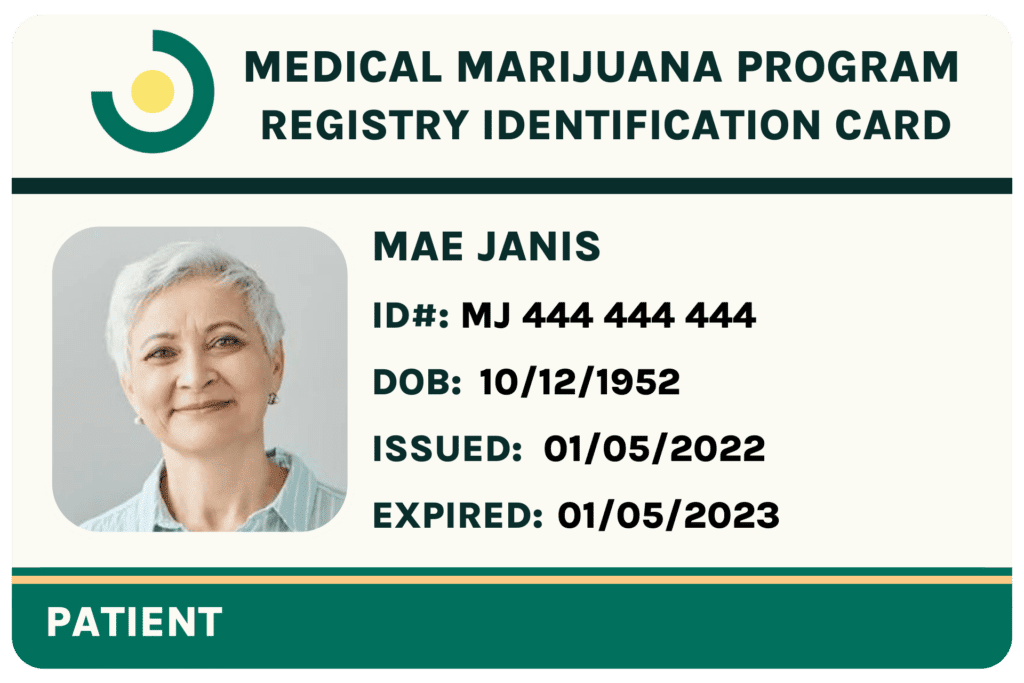
Like This Article?
Share with your friends
Table of Contents
Keep Reading
-
5 People Who Might Find Relief With Cannabis-Infused Lotions
Are you looking for natural relief? Learn how cannabis-infused lotions can help alleviate chronic pain and anxiety in 5 different individuals. Click here to discover more!
-
Find A Medical Cannabis Doctor Near Me
Looking for a medical cannabis doctor near you? Find the perfect expert for your needs with our easy-to-use search tool. Click now and start your journey towards relief today!
-
5 Steps to Obtain Your Iowa Medical Marijuanas Card
Learn how to obtain your Iowa medical marijuanas card in five simple steps.





